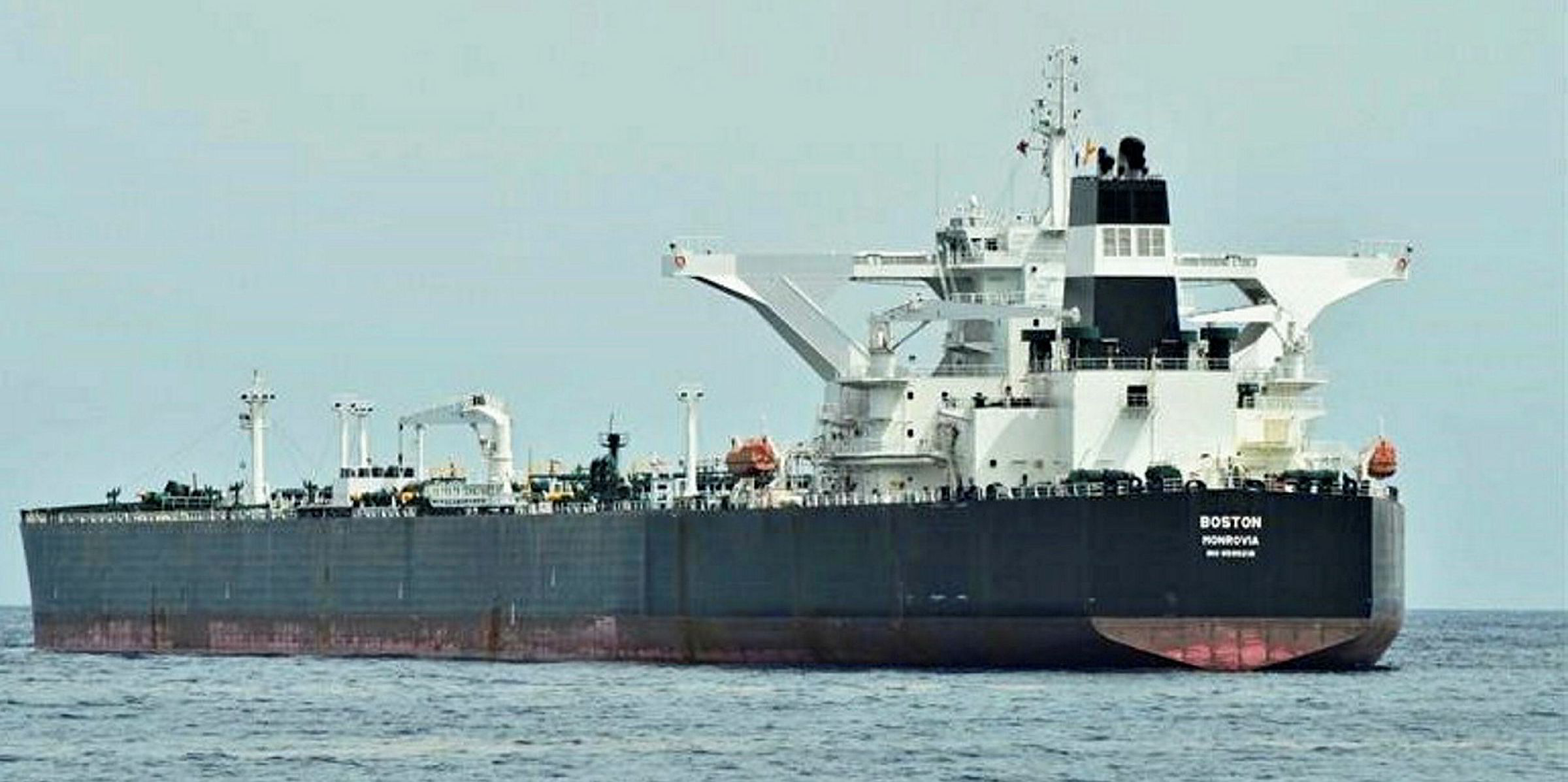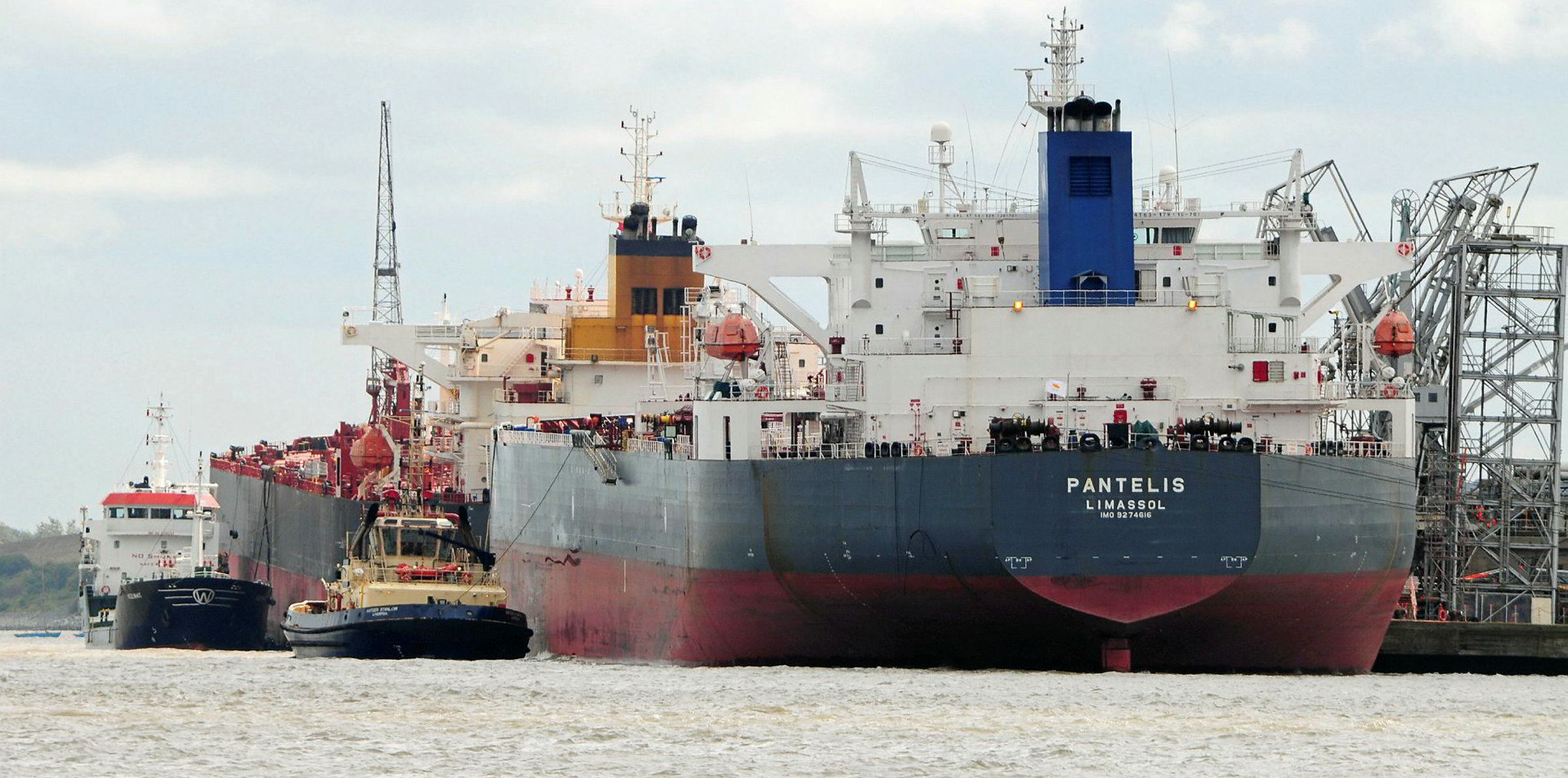Saudi Arabia’s national shipping arm Bahri has fixed at least 18 VLCCs on subjects as it pledged to pump more crude into the coronavirus-weakened market as its price war with Russia escalates.
The market raid caused a surge in charter rates for spot-trading VLCCs with levels rising from WS 70 to WS 105 in 10 hours, brokers said.
Charter rates for spot VLCCs were still rising on Wednesday as western markets fired up.
One broker quoted last done on a spot VLCC fixed for a voyage from Middle East Gulf to the Far East at WS 105, but said owners are now offering vessels at WS 135, with counter ideas coming back at WS 125.
Nerves of steel
The broker described the market as "nuts" and "perplexing", likening it to the situation seen in October when spot rates for VLCCs fixed on subjects surged to WS 300 in a day.
But rates dropped back almost as quickly, with only Dynacom catching the peak of that rate leap at WS 210.
"It takes nerves of steel to sit on a rising market," he said, "but sooner or later someone is going to take a breath."
Speaking about the oil price drop this week, he said Saudi Arabia has created a demand for oil that, in the current coronavirus-hit wider market, nobody wants.
It is putting a great deal of oil on the water and is not going to help the price going forward, he added.
Yesterday's VLCC grab by Bahri started with the Saudi outfit taking ships like the 320,472-dwt Maran Canopus (built 2007) and the 321,234-dwt Maran Thaleia (built 2011).
Both were both fixed to Bahri Oil Transportation for voyages from Middle East Gulf to the US Gulf on end of March load dates at WS 60 and WS 62.5 respectively.
Similarly, Bahri booked Dynacom’s 299,999-dwt Boston (built 2012) for a shorter Middle East to Red Sea voyage at WS 120 and Eastern Mediterranean’s 299,999-dwt Agios Fanourios 1 (built 2016) for similiar business at WS 98.5.
Many of the 18 VLCCs were fixed to carry Saudi oil to American and East Asian buyers, but the remaining were expected to transport crude from Saudi production fields to refineries in the kingdom’s western coast.
The chartering spree is said to be led by Hisham Alnughaimish, Bahri Oil’s vice-president of commercial and operations.
Pleasant surprise
With Bahri being one of the world’s largest VLCC owners, its massive vessel requirement this week caught many by surprise.
“The Saudis want to push out oil in a very short period, so a lot of Bahri’s ships are probably out of position,” said a tanker analyst.
“Many of the vessels have storage options, so if the crude is shipped to consuming areas in anticipation of future demand, Bahri has the option to use the vessels for floating storage.”
Bahri did not immediately respond to an email seeking comment.
Tanker market players described trading business on Tuesday as “frenetic” with the rate for a spot VLCC lifting from the Middle East Gulf to the Red Sea rising from WS 67.5 to WS 120 in five hours.
A VLCC broker said that while shipowners were happy to see their vessels offered in for three months plus charters for storage plays on Friday and early Monday at rates of around WS 40 and WS 50, depending on the ship's age, by Tuesday there was no longer any tonnage offering on this business.
One VLCC chartering source said it will be “very interesting” to see how many of these translate into firm fixtures over the next few days.
He commented on how levels had kicked off at WS 130, plummetted to WS 20 and are now climbing upwards again. "What a wild ride," he added.






